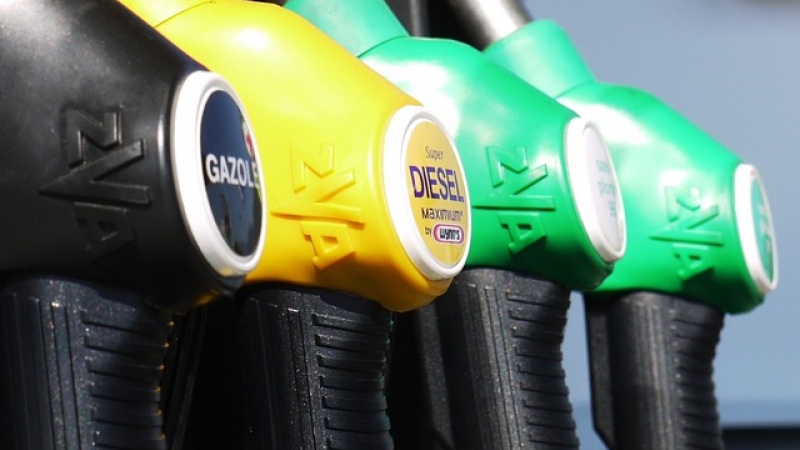
Photo Courtesy of the California Energy Commission
10 Ways to Reduce Your Fuel Costs!
Here are ways to reduce your fuel costs in your vehicle.
Purchase Fuel Wisely – Save up to 20%
- Use the Right Grade of Gasoline / Don’t Top Off: Most cars run fine on regular. Check your vehicle owner’s manual to find out which grade of fuel (regular vs. premium) is right for your car. (Regular grade fuel costs about 20-cents per gallon less than premium grade. Don’t “top off” at the pump and make sure your fuel fill cap is on tight and in working condition.
- Look for the Best Price / Limit Purchases When Prices are High: Today’s gasolines provide very similar engine performance (although some brands have different gasoline blends that provide other benefits), so choose stations in your area with the lowest prices. Fuel prices can vary 10% within a few blocks. Avoid filling the tank during high-price periods.
Alter Travel Practices – Save up to 30%
- Use Carpooling / Public Transit / Non-Motorized Options: Ride the bus, carpool, bicycle or walk instead of driving. Sharing a ride to work with a friend or two effectively doubles your fuel economy for the trip and may allow you to use the diamond (carpool) lane.
- Take Advantage of Telecommuting / Telecommunications Technology: Many employers offer telecommuting as an option. Use the computer and telephone to replace vehicle trips for business, shopping and services when possible.
Drive More Efficiently – Save up to 20%
- Don’t Drive Aggressively / Drive at the Speed Limit: Avoid aggressive driving and aggressive starts. All vehicles lose fuel economy at speeds above 55 mph. Driving 65 instead of 75 mph reduces fuel cost 13%. Driving 55 can save 25%.
- Reduce Air Conditioner Use / Close Windows: Using the air conditioner increases fuel cost as much as up to 21%. If it’s cool enough, use the flow-through ventilation instead of rolling down the windows or using the AC.
- Eliminate Extra Wind Resistance and Weight: Using a loaded roof rack increases fuel consumption. Carry the load inside your vehicle if you can. As a general rule, remove unnecessary weight.
- Minimize Vehicle Idling: Today’s vehicles are designed to warm up fast so avoid idling when you can.
Improve the Efficiency of the Vehicle You Drive – save up to 50%
- Maintain Vehicle Efficiency: Regular maintenance as prescribed by the vehicle owner’s manual will help your vehicle achieve its best fuel economy. Some overlooked maintenance items, such as a dirty air filter and under-inflated tires, can increase your fuel cost up to 13%. When replacing your tires, replace them with the same make and model as the tires that were on your vehicle when it was new.
- Consider Driving a Fuel-Efficient Vehicle: When purchasing a vehicle, consider the most fuel efficient vehicle and save up to 50%. Consider a hybrid-electric, a diesel vehicle, or even a motorcycle. The next best option is to purchase the most fuel efficient vehicle within the class of vehicle you are considering.
Final Word on Gasoline-Saving
Be aware that many companies will try to sell you mileage improving devices. Some claim that they will save you 10% to 50%. According to the U.S. EPA and Federal Trade Commission ,there are no devices that will boost your mileage any appreciable amount. Read the link below for more information.
*From DMV website.
Find more tips about fuel economy here:
http://www.fueleconomy.gov/feg/driveHabits.jsp
